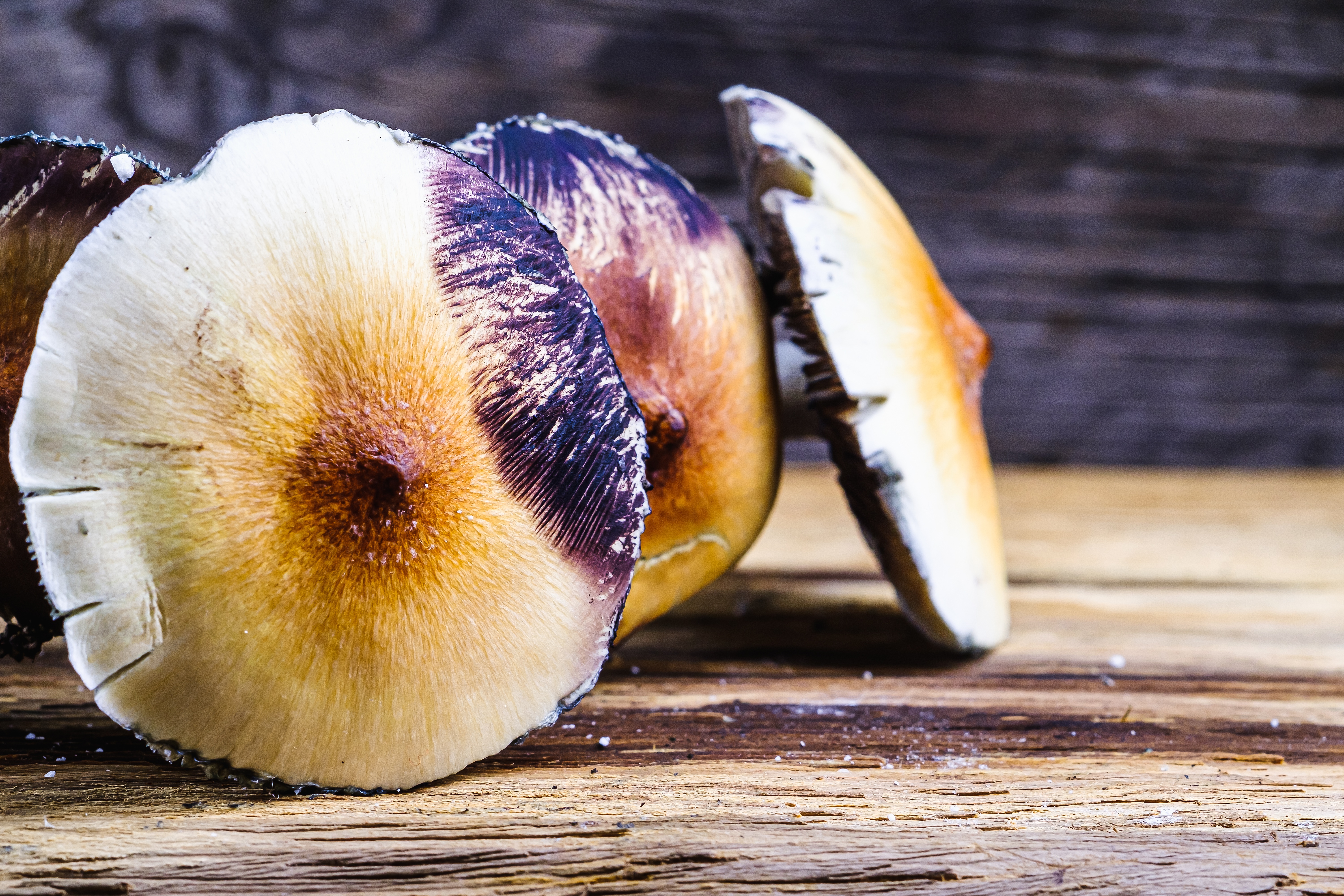
What are the spores? This is a common question. The most straightforward answer is that magic mushroom spores represent the leftovers from plants that died. They’re a kind of dormant life and are highly resistant to a variety of stresses. Bacteria can produce spores which can withstand up to 40degC higher temperatures than vegetative cells. They are also more inactive than vegetative cells and can survive in the wet condition for psilocybin spores many years. The shape of the spore plays a significant role in this resistance.

 A spore could be described as a reproduction structure which is created by plants, bacteria, or fungi. They aid in the reproduction process as well as the dispersal of their species. Spores are useful in dispersing seeds however they can cause issues for health. They can cause serious infections and even death if not handled properly. To understand spores, read on. We’ll explore some of the most commonly used types of spores and their importance.
A spore could be described as a reproduction structure which is created by plants, bacteria, or fungi. They aid in the reproduction process as well as the dispersal of their species. Spores are useful in dispersing seeds however they can cause issues for health. They can cause serious infections and even death if not handled properly. To understand spores, read on. We’ll explore some of the most commonly used types of spores and their importance.
During a plant’s life cycle hundreds of reproductive units are produced , Fund known as spores. The spores are then dispersed in the air where they will germinate under favourable conditions. Nonvascular plants produce spores, which are spread by animals and wind. If conditions are favorable for these fragments, Research they may germinate and grow into a new plant. For example the moss fragment could germinate and grow into a new plant if it is in a favorable environment.